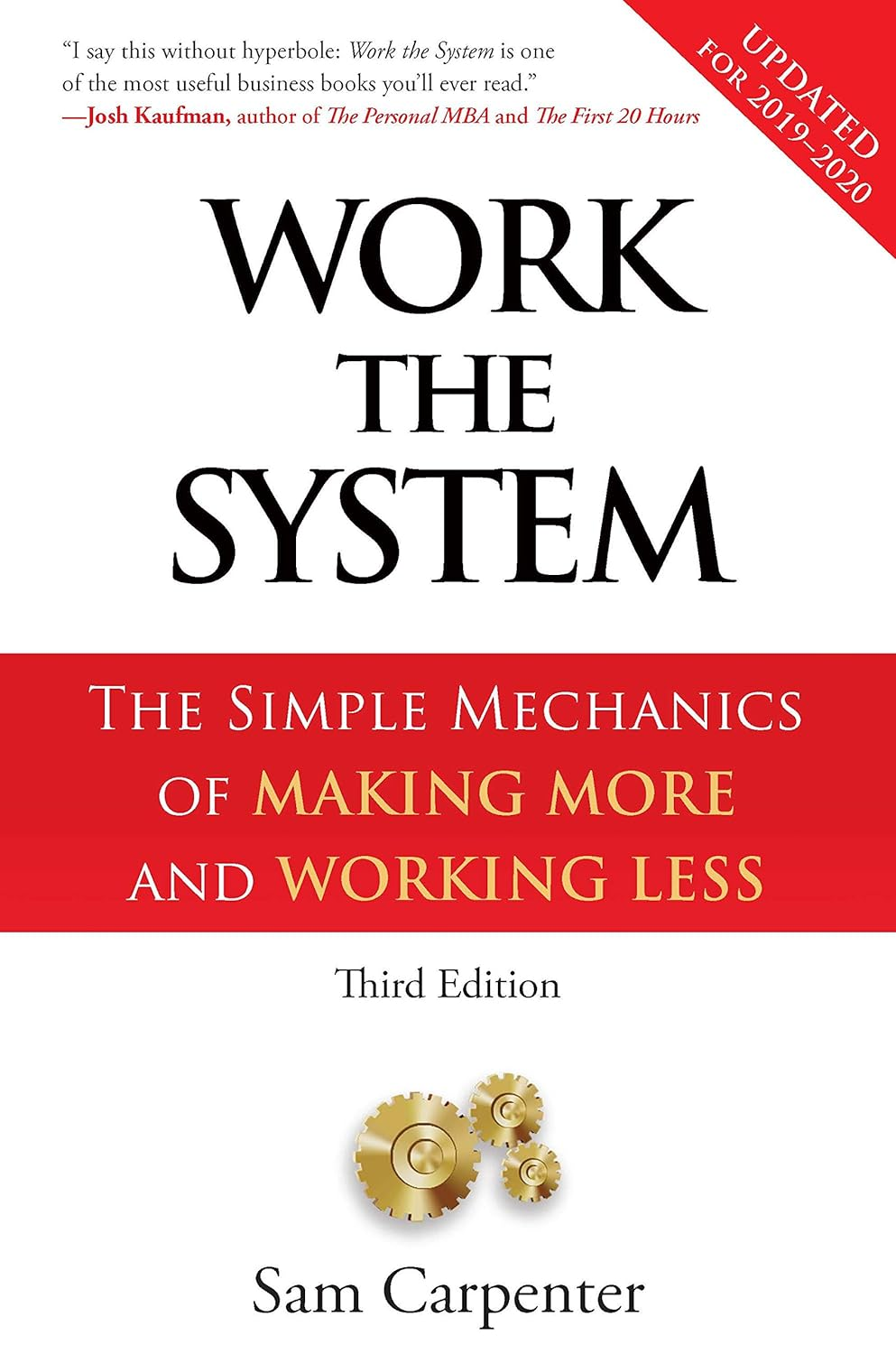In the bustling world of freelancing, where new talent emerges daily, being merely good at what you do is no longer enough. To truly stand out and attract your dream clients, you need a strong personal brand. It's your ticket to bigger projects and limitless opportuni
Workflow Template: Streamline Processes and Boost Efficiency
A step-by-step guide on creating and implementing workflow templates to improve productivity and reduce errors.
Workflow templates help standardize tasks, streamline processes, and reduce the likelihood of errors. These tools enable businesses to adapt tasks to the needs of different departments, ensuring consistent quality and saving time.
Key takeaways
Process Simplification: Workflow templates help structure repetitive tasks, making them clear and consistent for the entire team.
Efficiency Improvement: Templates allow for faster task execution and lower error rates by organizing each step.
Flexibility and Adaptation: Templates can be tailored to suit different departments, from HR and marketing to IT, making them a versatile tool for any business.
Understanding workflow templates
Workflow templates are structured tools that guide teams through essential steps in various tasks, helping maintain consistency and quality. By implementing templates, companies can reduce errors, save time, and enhance task management. For instance, a marketing template can guide the team from idea generation to post-campaign analysis, ensuring all key steps are followed.
Benefits of workflow templates
Workflow templates offer companies substantial benefits, especially those handling high volumes of tasks. Key advantages include:
- Efficiency: Ready-made structures avoid unnecessary delays and errors, speeding up decision-making and task execution.
- Stability and Quality: Standardized processes help maintain consistent task execution, which improves quality.
- Reduced Error Risk: Clearly defined steps prevent essential parts of the task from being overlooked.
- Adaptability: Templates can be adjusted to fit different departments’ needs, making them versatile tools. Learn more about creating templates in our article "Project management workflow: a step-by-step guide to streamlining project success".
Main types of workflow templates
Each business function might need different templates tailored to specific tasks. Here are some common examples:
- Approval Process: Popular in HR and finance, this template ensures each step in a task is approved before moving forward. Example: expense approval process.
- Onboarding Process: Used by HR to standardize new employee integration.
- Marketing Campaign: Marketing teams use this template to coordinate every step of a campaign, from planning to analysis.
- IT Support: In IT, the template helps structure support requests, ensuring faster response times.
How to create a workflow template
To develop an effective workflow template, follow these steps:
- Define the Goal: Clearly outline what the workflow aims to achieve. For example, an HR onboarding template might aim to quickly and efficiently integrate new employees.
- Break It Down into Steps: Divide the process into key stages. For creating a project roadmap, refer to "Project Roadmap: A Strategic Guide to Planning and Executing Successful Projects".
- Assign Roles: Determine who will be responsible for each stage. For example, an HR specialist for onboarding or a marketing team member for campaign steps.
- Set Deadlines: Establish realistic timeframes for each stage to avoid delays and monitor progress.
- Automate: Use tools to automate specific tasks, especially in IT for handling support requests. Learn more about automation in "What is a Gantt Chart? A Guide to Using Gantt Charts for Project Management".
Following these steps will help your team create templates that simplify tasks and boost productivity.
Examples of template use across departments
Every department in a company can benefit from templates tailored to their unique needs:
- HR: Onboarding templates help HR standardize training, orientation, and benefits for new hires.
- Sales: In sales, a template might include stages for lead qualification, demos, and deal closing.
- IT: IT templates for support requests allow teams to prioritize, assign, and resolve tickets efficiently.
- Marketing: Campaign templates help marketing teams manage activities from planning to post-campaign analysis with set timelines and responsibilities.

Interesting fact 
Did you know? The history of workflow templates began with Henry Ford, who in the early 20th century designed the first template for an assembly line. This reduced car assembly time from 12 hours to just 90 minutes, making mass production possible. Today, workflow templates serve the same purpose — helping companies save time and resources by simplifying daily tasks.
To dive deeper into creating effective workflow templates, explore "Project management workflow: a step-by-step guide to streamlining project success", which provides actionable steps for designing structured processes. Additionally, learn how to align workflow planning with broader project goals in "Project Roadmap: A Strategic Guide to Planning and Executing Successful Projects".
Conclusion
Workflow templates are powerful tools that streamline task execution and reduce errors. Adapting templates for each department ensures consistent quality and timely task completion. Implementing templates in daily processes improves management and enhances overall team efficiency.










